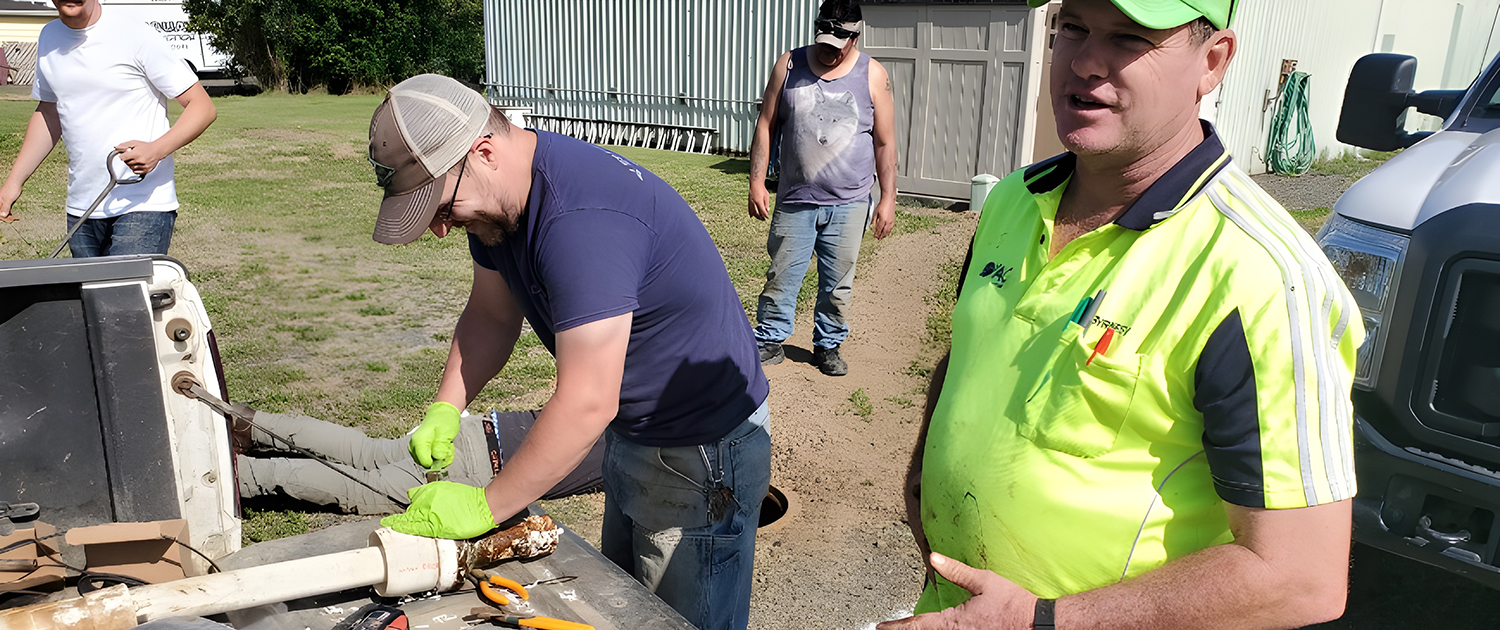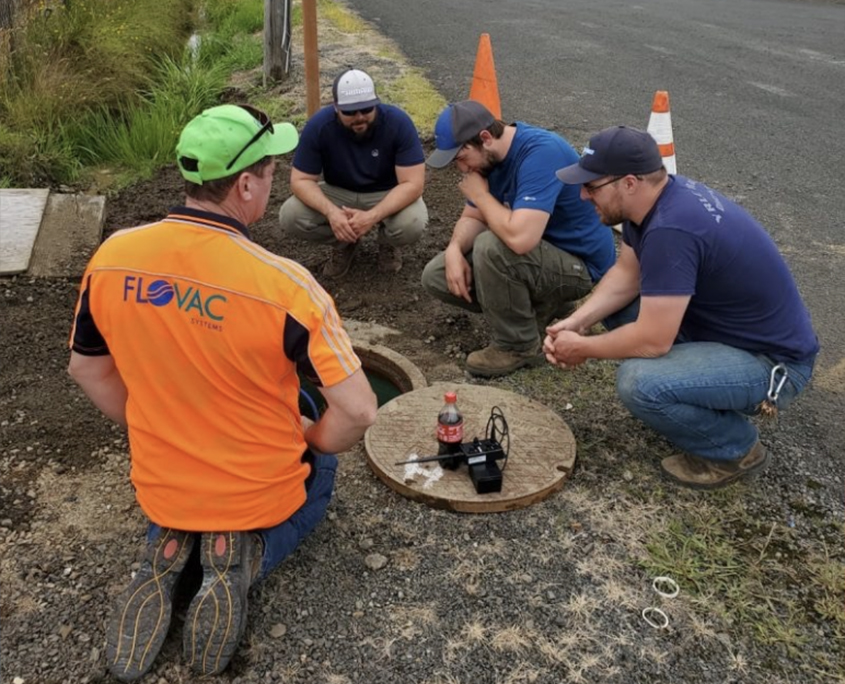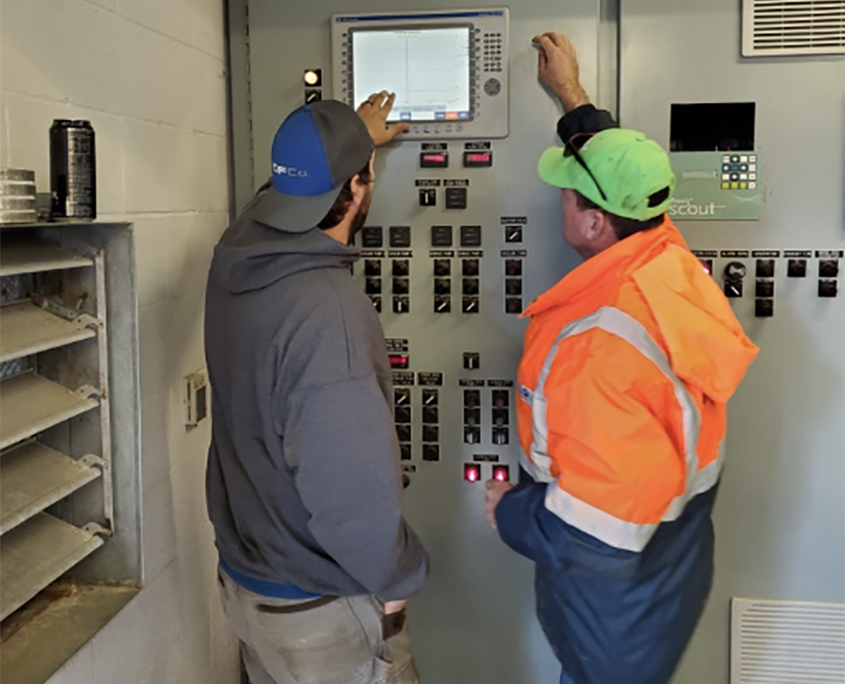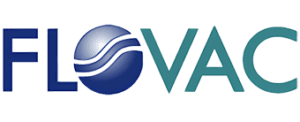Miles Crossing Sanitary District in Oregon faced the challenge of transitioning from failing septic systems to a reliable, sustainable sewerage solution in a coastal community. With high water tables and frequent septic failures, the system was exacerbating groundwater contamination, especially during heavy rain events.
The solution involved an advanced vacuum sewerage system designed for flat terrain, minimizing excavation and preserving the coastal ecosystem. With integrated automation for real-time monitoring, the system improved resilience, reduced manual intervention, and ensured enhanced operational efficiency.
The project resulted in significantly improved groundwater quality, better rainwater infiltration management, and a reliable, sustainable sewerage system for the community.




